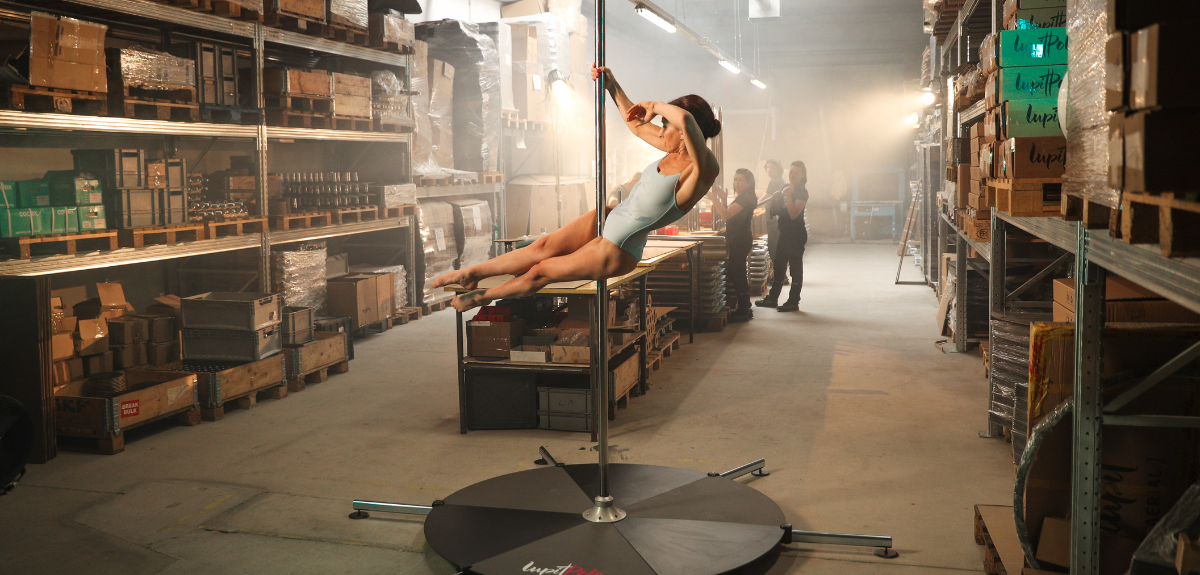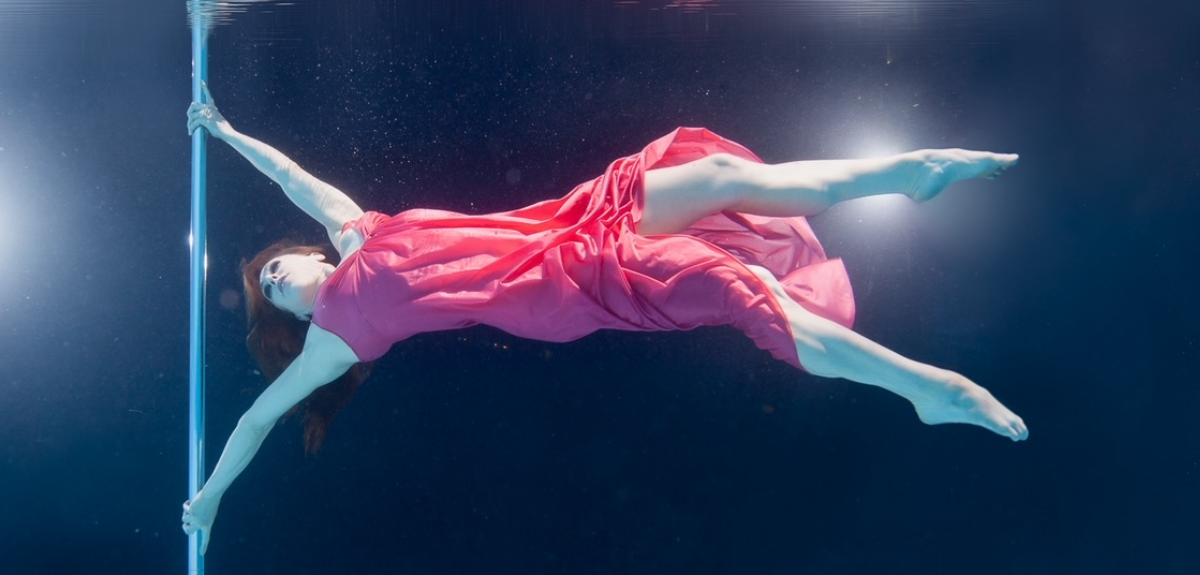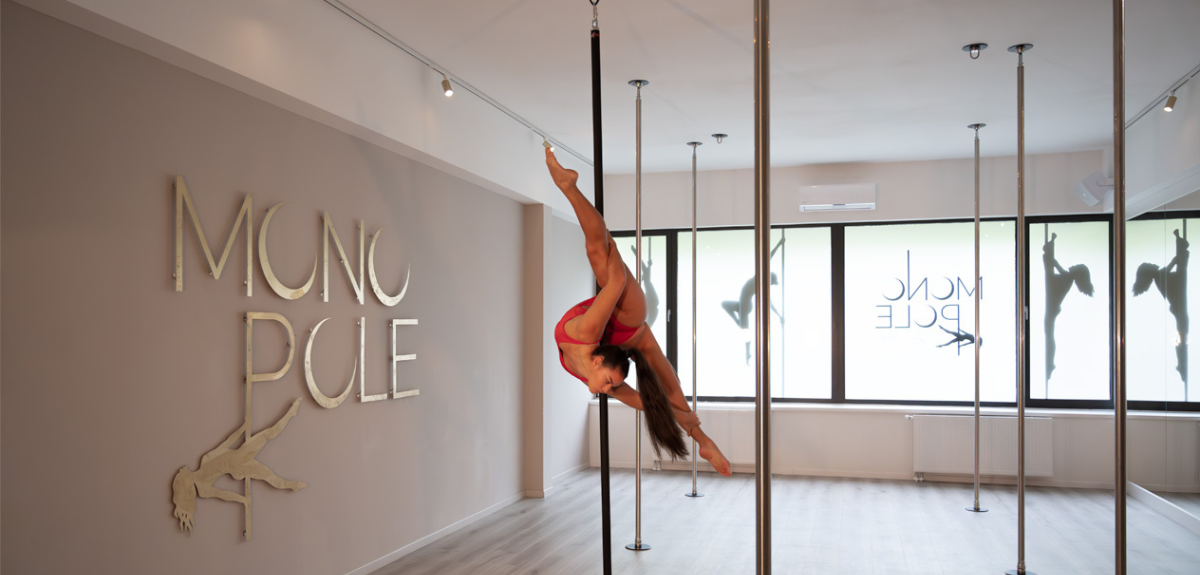
LUPIT pole
Sep 18 - 6 min read


Pole dancing - it's not just a form of entertainment, but an exhilarating workout that tests the limits of strength, flexibility, and endurance. As it continues to shed its misconceptions, more and more people are discovering the empowering nature of this full-body pole dancer workout. But as with any physical activity, pole dancing is not without its challenges. It requires a unique combination of strength, balance, and mobility, all of which must be developed with care and precision to ensure safety and effectiveness.
This comprehensive guide is specifically created to cater to both beginners and experienced pole dancers, offering valuable insights and practical advice for safely and effectively engaging in pole dancing exercises. It provides an in-depth exploration of strength-building exercises that are specifically tailored for pole dancing, with a focus on enhancing strength, mobility, and balance. For more benefits of pole dancing read our blog!

Pole dancing is a multifaceted discipline that requires a combination of strength, mobility, and balance. We will delve into practical exercises to enhance these three crucial aspects, ensuring you can perform pole dancing moves with grace, control, and confidence. We'll also discuss the gear you might need to support these exercises.
Pole dancing requires a significant amount of upper body and core strength. Here are some exercises to help build that strength:
For these exercises, you'll need a pull-up bar (or a sturdy tree branch or playground equipment), a resistance band for assisted pull-ups, and a comfortable mat for planks and push-ups.
Mobility is crucial for executing fluid, graceful pole moves. Here are some exercises to enhance your mobility:
For these exercises, you'll need a yoga mat or a good crash mat, and a foam roller.
Balance is key to maintaining control while performing pole moves. Here are some exercises to improve your balance:
For these exercises, you'll need a yoga mat. Some people may also find a yoga block helpful for certain poses. Check out our Lupit Yoga Blocks!
Remember, consistency is key when it comes to seeing improvements in strength, mobility, and balance. Incorporate these exercises into your regular workout routine, and you'll likely see improvements in your pole dancing skills over time.

Pole dancing is a full-body workout that engages multiple muscle groups. However, certain muscle groups are particularly important for executing pole moves effectively. Here's a breakdown of these key muscle groups and exercises to strengthen them:
For these exercises, you'll need access to some basic workout equipment, such as dumbbells, a barbell, a pull-up bar, and potentially hand grippers. Always remember to warm up before starting your strength training routine and cool down afterward to prevent injury.

Embrace the Journey of Pole Dancing Exercise
Pole dancing exercise is a dynamic, empowering, and challenging form of fitness that tests the limits of strength, flexibility, and endurance. As we've explored throughout this guide, it requires a unique combination of strength, balance, and mobility, all of which must be developed with care and precision to ensure safety and effectiveness.
Remember, warming up and cooling down are essential parts of every workout, helping to prepare your body for the session ahead and promoting recovery afterward. Mastering the correct posture and pole handling techniques is crucial to performing moves correctly and preventing injuries.
Strength-building exercises, specifically tailored for pole dancing, can help improve your strength, mobility, and balance. These exercises target key muscle groups engaged in pole dancing, including the upper body, core, lower body, and grip strength. Consistency is key when it comes to seeing improvements in these areas.
However, pole dancing exercise is not just about the physical challenge. It's also about the mental journey, the self-expression, and the pole dancing community you become a part of. So, as you embark on or continue your pole dancing journey, remember to enjoy the process. Celebrate your progress, no matter how small it may seem. Don't be afraid to ask for help or feedback, and most importantly, listen to your body.
Pole dancing is a journey of self-discovery and empowerment. It's about finding strength you didn't know you had, pushing your limits, and expressing yourself in a unique and creative way. So, embrace the journey, and discover the power and grace of pole dancing with Lupit Pole!